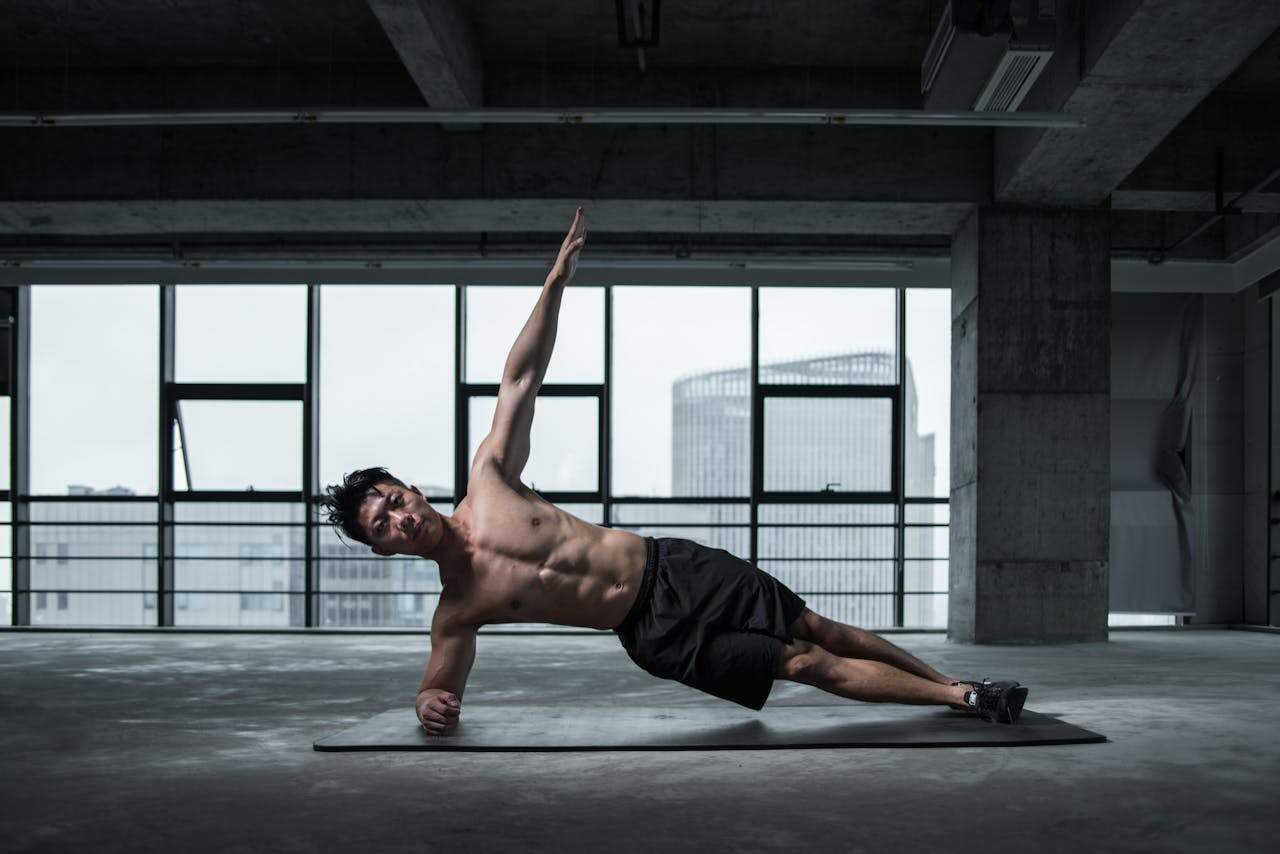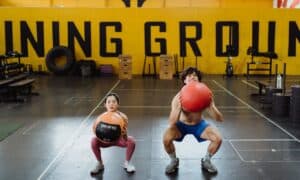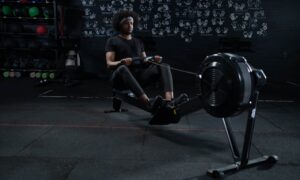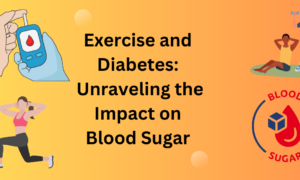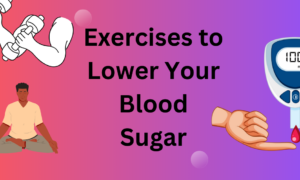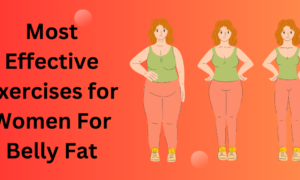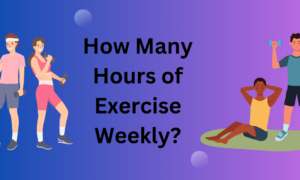Today, being fit involves more than just using gym equipment and focusing on specific muscle groups. Full-Body Workout are becoming more and more popular because they make people stronger, more mobile, and more resilient in day-to-day living. Because of this change in focus, functional training regimens are now a popular and successful strategy for long-term fitness and health. A functional exercise program helps you move better in addition to improving your appearance. Squatting, bending, reaching, and lifting are among the real-life motions it targets, which makes your training more applicable to daily tasks.
Understanding Functional Training
Functional training is based on the principle of training your body for real-world movements. Instead of isolating single muscles, you perform compound movements that engage multiple muscle groups at once. The focus is on movement patterns like pushing, pulling, squatting, rotating, and stabilizing.
These types of exercises improve muscle coordination, core stability, and balance. Unlike traditional gym workouts that target aesthetics, functional training helps you become better at everyday tasks like climbing stairs, picking up groceries, or getting off the floor without discomfort.
A well-designed functional training plan will combine mobility, strength, and endurance. That’s what makes it so effective for both beginners and seasoned fitness enthusiasts alike.
Why Choose a Full-Body Approach?
Compared to split routines that concentrate on particular muscle groups, a full-body workout offers greater versatility and balance. You engage your entire body in a single session rather than just your arms, legs, or chest on different days.
Efficiency is maximized with this method, particularly for those with hectic schedules. You can get full-body benefits from training less frequently. Your legs, arms, back, core, and cardiovascular system are all strengthened simultaneously by a good full-body workout.
Furthermore, full-body exercises organically support functional training objectives. Training multiple body parts together improves your performance in practical tasks and sports because everyday movements require coordination between them.

Building the Foundation: Strength, Mobility, and Endurance
Creating a balanced functional training plan requires attention to three core components; strength, mobility, and endurance. Each plays a distinct but interconnected role in your fitness journey.
Strength-Building Exercises
Strength is the foundation of functional fitness. Having the muscular power to push, pull, lift, and carry is essential in real life. With strength-building exercises, you’re not just developing muscle; you’re protecting your joints, increasing bone density, and improving posture.
Exercises like squats, lunges, push-ups, rows, and deadlifts are staples of any effective full-body workout. These compound movements work multiple muscles at once and reflect real-world activities. You don’t have to lift heavy weights either. Resistance bands, kettlebells, or your own bodyweight can all be used to build strength gradually and safely.
By incorporating these movements into your routine consistently, you’ll build the kind of strength that supports everyday movement; not just gym-based performance.
Mobility Drills
In many exercise regimens, mobility is the missing component. It describes your capacity to control the full range of motion in your joints. Your form deteriorates and your risk of injury rises when you lack adequate mobility.
Mobility drills are therefore crucial to any functional training program. Your body’s ability to move freely and safely can be greatly improved by performing basic exercises like dynamic lunges, hip openers, shoulder circles, and thoracic rotations.
In addition to preventing injuries, having good mobility makes it easier to carry out strength-training activities. Your muscles can function more effectively when your joints move smoothly. This results in improved coordination, balance, and fluidity of movement.
Endurance Training
Strength and mobility are vital, but they mean little if your body can’t sustain effort over time. That’s where endurance training comes in. It builds stamina, keeps your heart healthy, and increases your capacity for physical activity throughout the day.
Endurance in a functional context often means combining movements in a sequence that keeps your heart rate elevated. Think of a workout that mixes squats, step-ups, push-ups, and planks into a flowing routine. This kind of training develops both muscular and cardiovascular endurance without needing long hours on a treadmill.
When you include endurance training a few times a week, you’ll notice improvements in energy, recovery, and overall performance.
A Sample Weekly Plan
A successful functional training plan doesn’t require training every single day. Three sessions a week can deliver solid results if they’re structured thoughtfully. Here’s a sample plan that incorporates all the core pillars.
Day 1 – Strength and Mobility Focus
Start with light dynamic stretching to prepare your joints. Include a few minutes of mobility drills, focusing on the hips and shoulders. Follow with strength-building exercises like squats, glute bridges, push-ups, and rows. Rest between sets and maintain good form throughout.
End with static stretching and deep breathing to promote recovery.
Day 2 – Endurance and Movement
Begin with a warm-up that includes jumping jacks, arm swings, and lunges. Then move into a circuit of bodyweight exercises that target multiple muscle groups. This could include mountain climbers, high knees, squat-to-press, and modified burpees.
Keep the intensity moderate and rest briefly between rounds. This session emphasizes endurance training while reinforcing full-body movement patterns.
Day 3 – Integrated Functional Flow
This session blends all three elements. Start with mobility drills focused on spinal rotation and ankle mobility. Move into a sequence that includes dumbbell deadlifts, kettlebell swings, walking lunges, overhead presses, and planks.
Keep transitions smooth and use mindful breathing throughout. This kind of session represents a complete full-body workout built around functional movement principles.
Tracking Your Progress
Consistency is key to success, but so is knowing where you stand. Tracking your progress helps you stay motivated and make necessary adjustments to your functional training plan.
One way to track strength is by monitoring how many reps or how much resistance you can handle over time. For mobility, notice if your range of motion improves in exercises like squats or shoulder stretches. With endurance training, track how long you can perform circuits without fatigue or how your recovery time improves.
You don’t need to obsess over numbers. A simple journal or mobile app that logs your workouts and how you feel after each session can be enough to show your growth over time.
Equipment or No Equipment?
Flexibility is one of the best aspects of a full-body functional workout. Barbells and other exercise equipment are available at gyms, but you can work out effectively at home with very little equipment.
A lot of exercises that build strength can be performed with just your body weight. You can increase the intensity and variety as you advance if you have access to dumbbells, kettlebells, or resistance bands.
Equipment is usually not needed for endurance training or mobility drills. All you need is a yoga mat, a bit of floor space, and perhaps a stopwatch or timer.

Benefits of a Functional Training Plan
The advantages of a well-designed functional training plan go beyond physical transformation. You’ll gain strength in ways that truly improve your life; whether that means better posture, fewer aches, or increased energy throughout the day.
You’ll also develop greater confidence in your body’s ability to perform tasks with ease. The combination of strength-building exercises, improved mobility, and enhanced endurance training creates a fitness foundation that supports a long and active life.
Another key benefit is injury prevention. When your body moves the way it was designed to; through full ranges of motion with stability and strength; you’re less likely to get hurt doing everyday tasks or other physical activities.
Staying Consistent and Motivated
Starting a new functional training plan is one thing, but staying committed is where real results come from. Keep your routine realistic and achievable. Set clear goals, like improving how deep you can squat or increasing the number of push-ups you can do without stopping.
Listen to your body. If you’re feeling sore or tired, give yourself time to recover. Rest is just as important as training, especially when you’re working the entire body several times per week.
Mixing things up is also helpful. Vary the structure of your full-body workouts, rotate between different mobility drills, and introduce new formats for endurance training as you progress. This keeps the routine interesting and challenges your body in new ways.
Conclusion
A full-body functional workout is a wise, well-rounded strategy for lifetime fitness, not just a passing trend. Strength training, focused mobility drills, and purposeful endurance training are all combined to create a body that is healthy, capable, and adaptive.
This approach meets you where you are and moves you forward, whether your objective is to get stronger, move better, or just live your life more easily. What’s the best? Expensive equipment and long gym sessions are not necessary. Just intention, consistency, and a plan that suits you.

